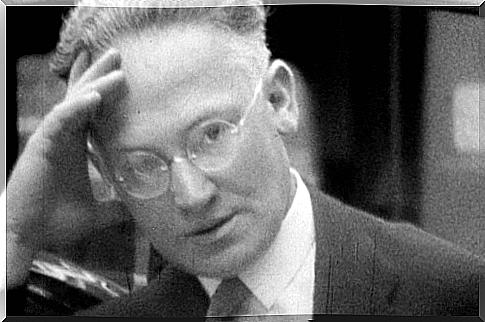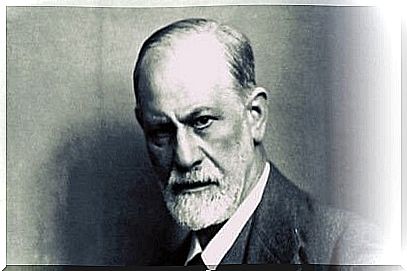Ernst Simmel And The War Neurosis

Ernst Simmel is one of the pioneers of psychoanalysis whose name has been forgotten for decades. Like many of his contemporaries, he suffered from the harshness of World War II and had to emigrate to the United States. This change marked a break in his work and that is why his contributions were not known until much later, at the end of the 20th century.
Ernst Simmel is considered to be one of the creators of the concept of war neurosis. He also represented the avant-garde of the social medicine movement. She fights for equal attention to patients, whether they are in need or can easily pay for consultations.
Ernst Simmel has contributed enormously to advancing in the field of addictions. Unlike other psychoanalysts, he dealt with phenomena which moved away from traditional cases of neurosis. We find a social background in all its practice and intellectual production.
Ernst Simmel’s early years
Ernst Simmel was born on April 4, 1882 in a small Polish town called Breslau. At that time, this place had been annexed to the German Empire. His family was Jewish and middle class. While still a child, the Simmels moved to Berlin, where his mother became the director of a labor agency.
Simmel studied medicine and majored in psychiatry. He obtained his title in 1908, with a doctoral thesis on dementia precocious. In 1910 he married Alicia Seckelson, and in 1913 he founded the Society of Socialist Doctors with other colleagues. This organization aimed to provide care to those who could not afford a consultation with the doctor.
A little later he became the director of a military psychiatric hospital. This allowed him to come into contact with patients who had lived through the horrors of the First World War. It was also at this time that he began to familiarize himself with psychoanalysis and, more particularly, with the technique of hypnosis.

Simmel’s journey
Simmel found in psychoanalysis a good way to deal with the traumas of ex-combatants. He thus applied the Freudian methods, but in a particular way. He used hypnosis and also a mannequin to make patients unload their aggressiveness on him.
All this work allowed him to lay the foundations for the concept of war neurosis. He published an interesting work on this subject in 1918. This work reached Freud, who was impressed by it. In one of his letters to Karl Abraham, Freud openly complimented Simmel. In fact, his work Group Psychology and Ego Analysis is explicitly based on Simmel’s postulates.
Later, Ernst Simmel performed a psychoanalysis with Karl Abraham. He then helped this analysis to create the Berlin Psychoanalytic Institute, the first psychoanalytic clinic in the world to offer free consultations for the most disadvantaged. Simmel also contributed to the creation of the Berlin polyclinic. It was there that he developed several seminars, as well as work on war neurosis, with renowned colleagues like Sandor Ferenczi, Ernst Jones and others.
The contributions of Ernst Simmel
After Abraham’s death, Simmel was elected president of the Berlin Psychoanalytic Society in 1925. A year later, he established a sanatorium in Tegol, in the style of the large clinics of the time. This place has become a sacred place for psychoanalytic methods applied to cases of severe drug addiction, psychosis and neurosis. It also served as a model for the creation of several North American clinics a few years later.

Freud himself stayed in this sanatorium when he went to Berlin to treat his cancer. However, the place experienced several financial difficulties and ended up going bankrupt. Freud and Einstein tried to defend it against the German Ministry of Culture, but the center eventually closed its doors in 1931. Two years later, Ernst Simmel was captured by the Gestapo. The Association of Socialist Doctors then paid a deposit to the Nazis and succeeded in having the psychoanalyst released.
He ended up emigrating to Belgium and then to the United States, to Los Angeles. He met several of his colleagues there and, like them, complained about the trivialization of psychoanalysis on American territory. Simmel was despite everything the favorite psychoanalyst of Hollywood stars. He died in 1947 and his work was not rediscovered until 1993, thanks to the work of certain specialists in Freudianism.










